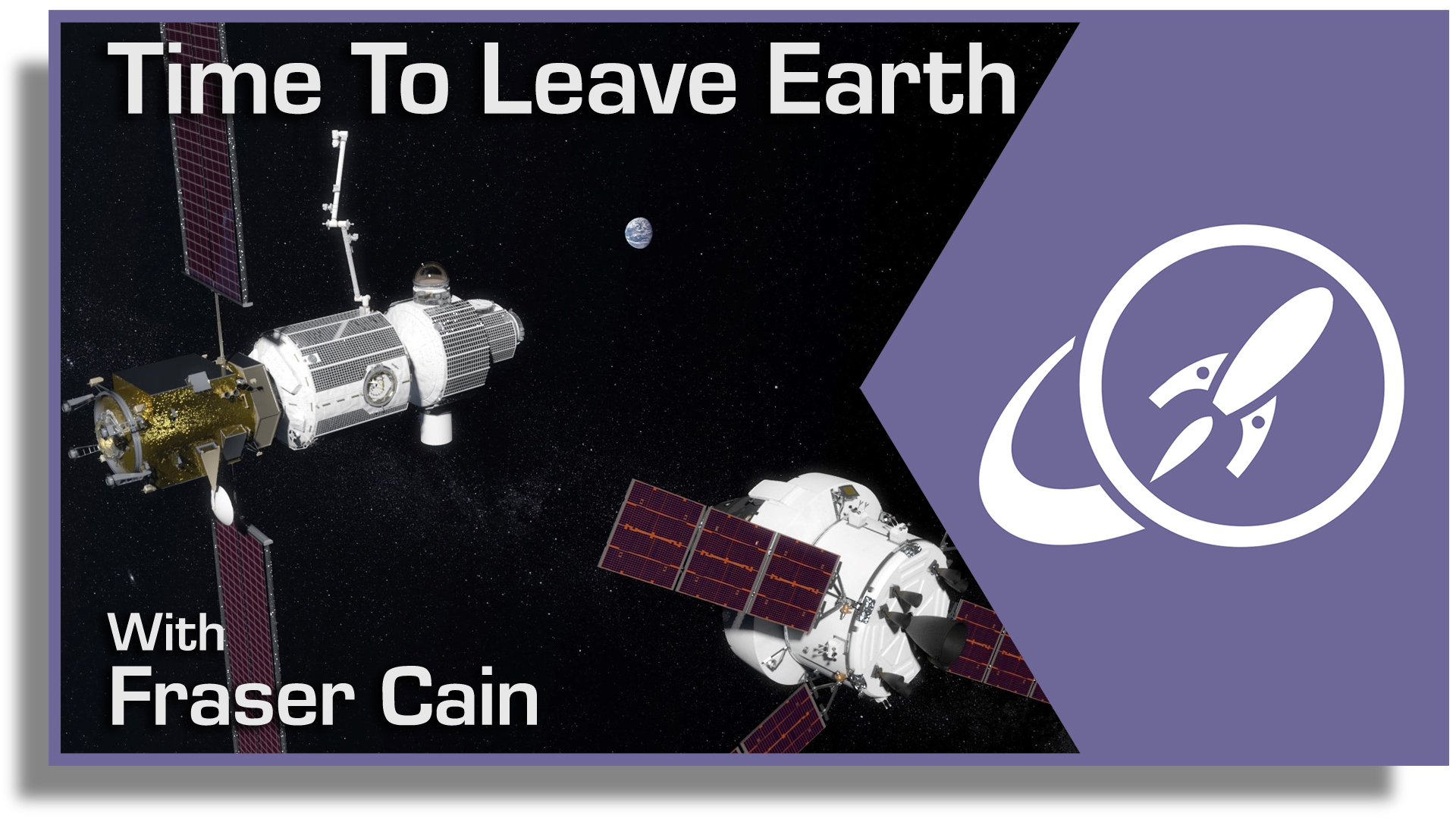I don’t have to tell you that the vision of human space exploration in the Solar System has kind of stalled. Half a century ago, humans set foot on the Moon, and we haven’t been back since. Instead, we’ve thoroughly explored every cubic meter of low Earth orbit, going around and around the Earth. In fact, back in 2016, the International Space Station celebrated 100,000 orbits around the Earth.
The space shuttle was the last US vehicle capable of taking humans up into orbit, and it was retired back in 2011. So things look pretty bleak for sending humans out to explore the Solar System.
Earlier this year, however, NASA announced their next great step in their human space exploration efforts: the Deep Space Gateway. And if all goes well, we’ll see humans living and working farther from Earth, and for longer periods than ever before.
After the space shuttle program was wrapped up, NASA had a bunch of challenges facing it. Perhaps the greatest of these, was what to do with the enormous workforce that built and maintained the space shuttle fleet. Thousands were laid off, and moved to other aerospace jobs and other industries, but the space agency worked to develop the next big launch system after the shuttle.
Originally there were the Ares rockets, as part of the Constellation Program, but these were canceled and replaced with the Space Launch System. We’ve done a whole episode on the SLS, but the short version is that this new rocket will be capable of lifting more cargo into orbit than any rocket ever.
The first version, known as the Block 1 will be capable of lofting 70,000 kg into low-Earth orbit, while the upcoming Block 2 will be able to carry 130,000 kg into LEO – more than the mighty Saturn V rocket.
What are you going to do with a rocket this powerful? Launch new space telescopes, robotic missions to the outer Solar System, and put humans into space, of course.
In addition to the SLS, NASA is also working on a new capsule, known as the Orion Crew Module. This Apollo-esque capsule will be capable of carrying a crew of 4 astronauts out beyond low-Earth orbit, and returning them safely back to Earth.
But if you can send astronauts out beyond low-Earth orbit, where will they go?
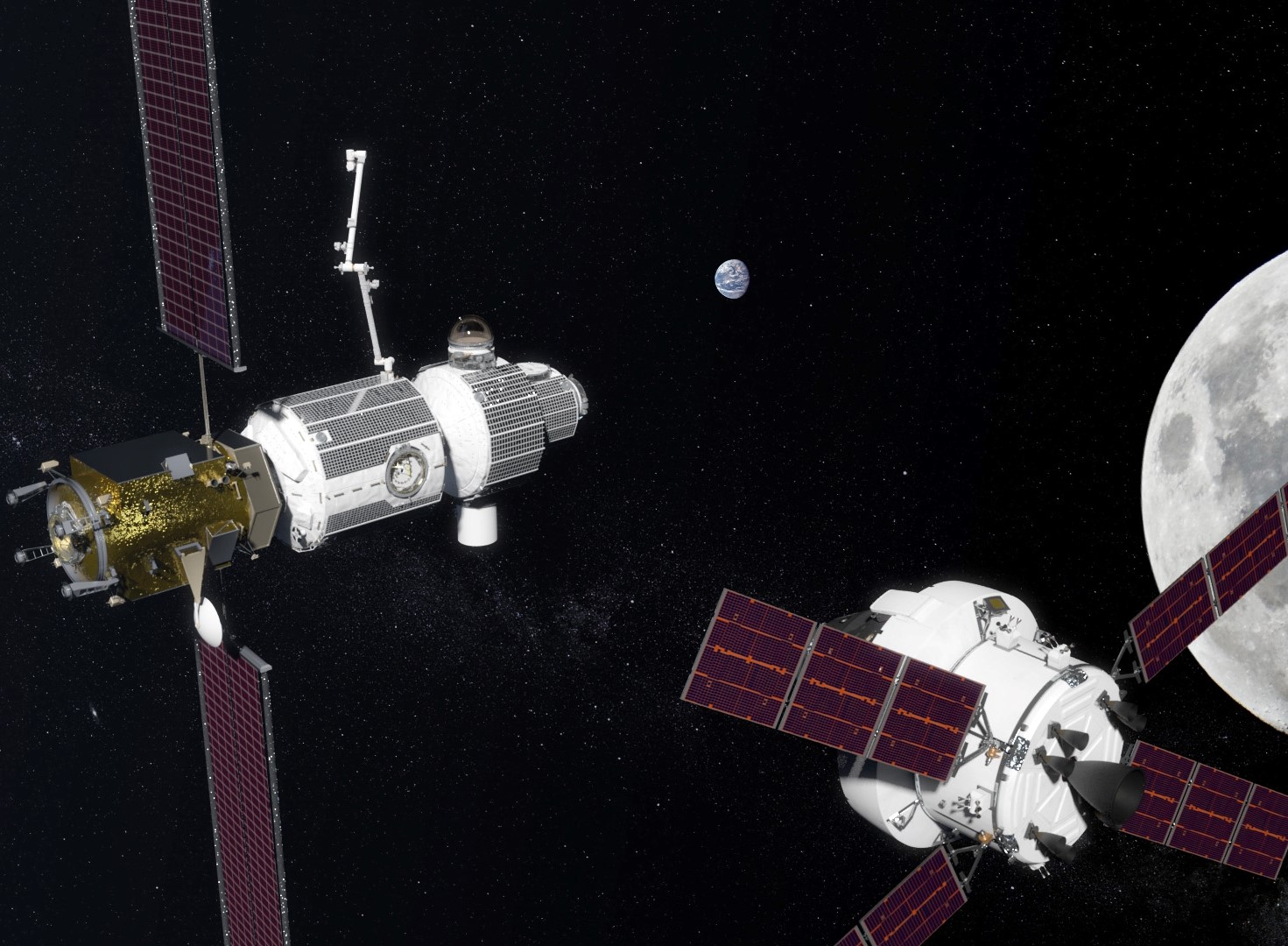
The Deep Space Gateway.
The plan is to put a brand new space station into a cis-lunar orbit. Specifically, it’s known as a near-rectilinear halo orbit. It won’t actually be orbiting the Moon, but it’ll be on an orbit that allows it to serve as a stepping stone to the Moon. Sort of a bridge between Lagrange points. This station will range in distance from 1,500 to 70,000 km from the Moon in a way that keeps it relatively easy to reach.
From the outside, it’ll look like a smaller version of the International Space Station, with a group of 4 pressurized modules connected together: a power module, habitation module, cargo logistics pod, and an EVA module.
Space inside the Gateway will be cramped, with astronauts needing to share their living quarters, reconfiguring the space as necessary. Seriously, the ISS is going to feel like a luxury hotel after spending time in the Gateway.
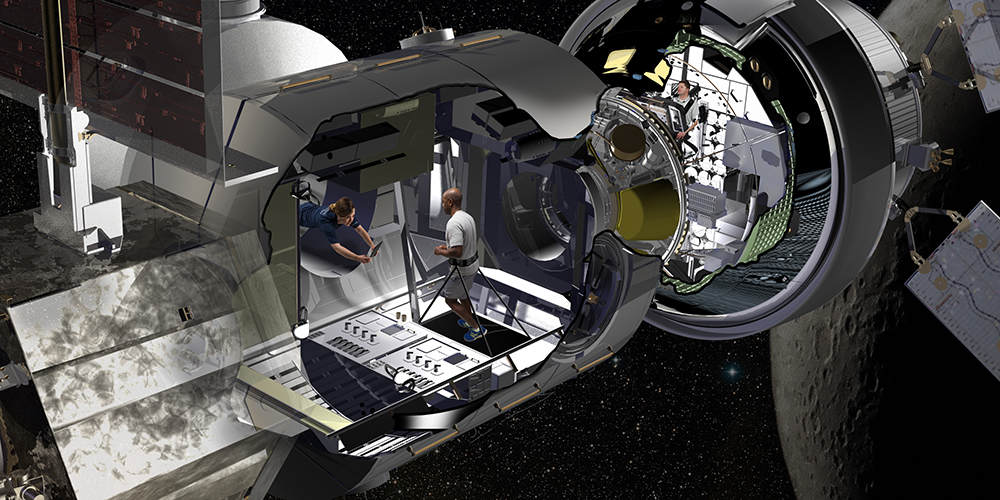
The station will be solar powered, with arrays providing 40 kW of energy. It’ll also have 12 kW ion thrusters which will be used for station keeping, as well as traditional hydrazine thrusters. The first habitation module will be capable of supplying the astronauts for 30-60 days, but a later cargo logistics pod will extend the length of missions.
Right now, there are a group of contractors being considered to build the Deep Space Gateway. The designs I’m showing you come from Lockheed Martin, but things could change.
The goal of the Deep Space Gateway will be to keep humans alive in space outside the Earth’s protective magnetosphere for at least a year, studying the effects of deep space on the human body.
But in the long term, the Gateway will serve as a stepping stone to Mars. The astronauts will assemble the future Deep Space Transport, a spacecraft that will carry humans to the Red Planet. But more on that later.
On the International Space Station, astronauts are protected by the Earth’s magnetosphere from solar radiation and cosmic rays. But on board the Deep Space Gateway, there’ll be no such protection. Instead, the station will need to be reinforced with radiation protection. At the same time, the region actually has less space junk, so it won’t need to same kind of micrometeorite protection.
In addition to being a science platform, the DSG will serve as a base of operations for exploring the Moon. In the near term, NASA is planning new lander and rover missions to the Moon. The Gateway could serve as a dock for missions blasting off from the Moon, where astronauts could unload science samples, and refurbish a rover for another mission down on the lunar surface.
Another intriguing idea is that the Deep Space Gateway could be used as a place to study samples from Mars without a risk of contaminating Earth. Under the current planetary contamination guidelines, samples from Mars need to be sterilized before they can be brought to Earth.
It’s hard to search for life in your samples, when you need to kill all life in your samples. But I’m sure the astronauts would be willing to take the risk of catching Martian flu for a chance to discover there’s life on Mars.
When will we actually see the Deep Space Gateway?
Not for a few years, sadly. Building the Gateway is going to require a few launches of the SLS, and there are already a bunch of missions queued up to use this new launcher.
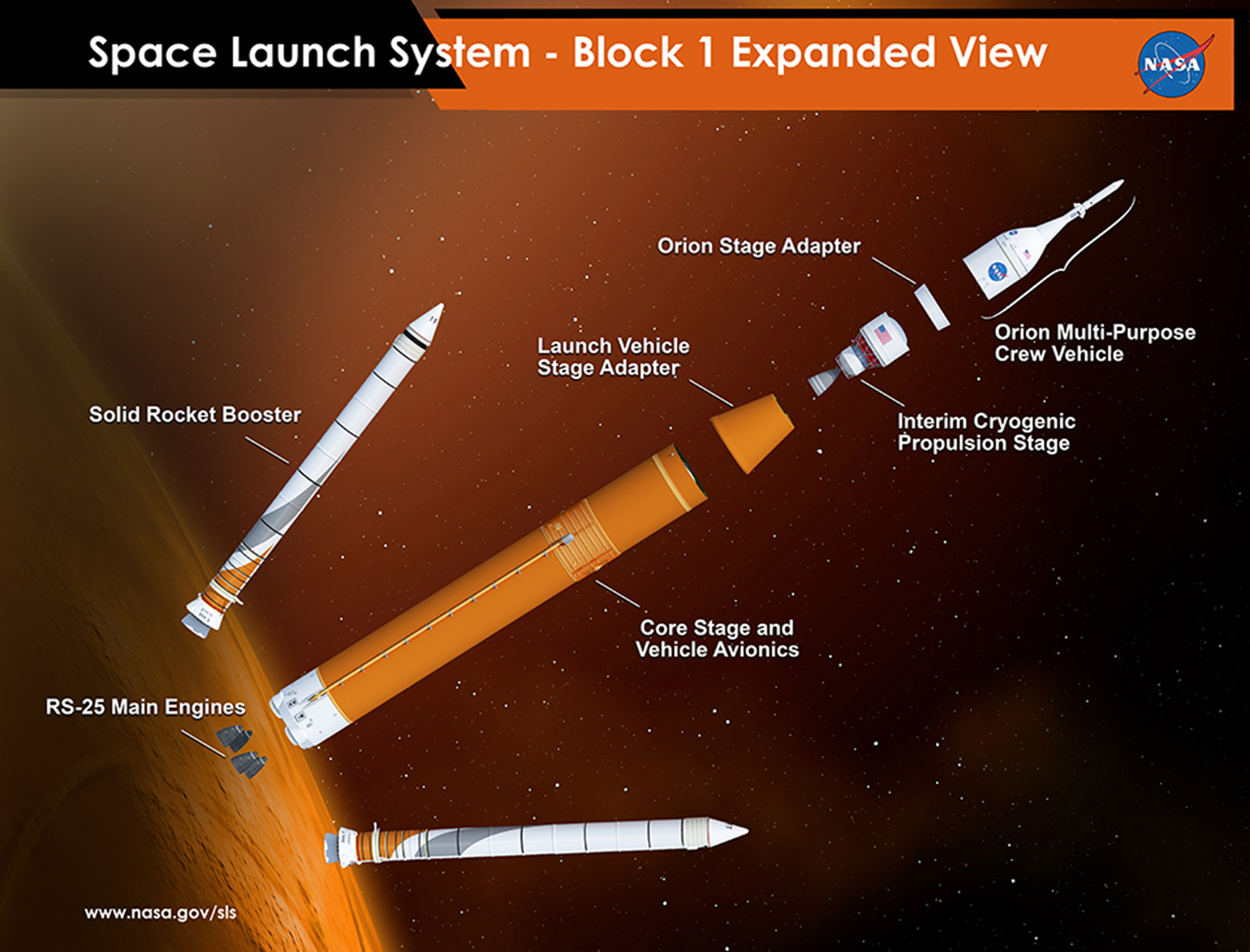
The first launch of SLS will be an uncrewed test with an Orion capsule, sometime in 2019, known as EM-1. This will be followed by the launch of the Europa Clipper mission, also in 2019.
Once those missions are out of the way, the first crewed launch with SLS blasts off some time between 2021 and 2023. Designated as EM-2, this is when the construction of the Deep Space Gateway begins. 4 astronauts will spend 3 weeks beyond low Earth orbit, delivering the first module to the Deep Space Gateway: the Solar Power Electric Bus.
In 2024, EM-3 will have another crew of 4 blast off with the Deep Space Gateway’s Habitation Module. EM-4 should lift off by 2025 with the Logistics module. Finally, some time around 2026, mission EM-5 will deliver the station’s Airlock module.
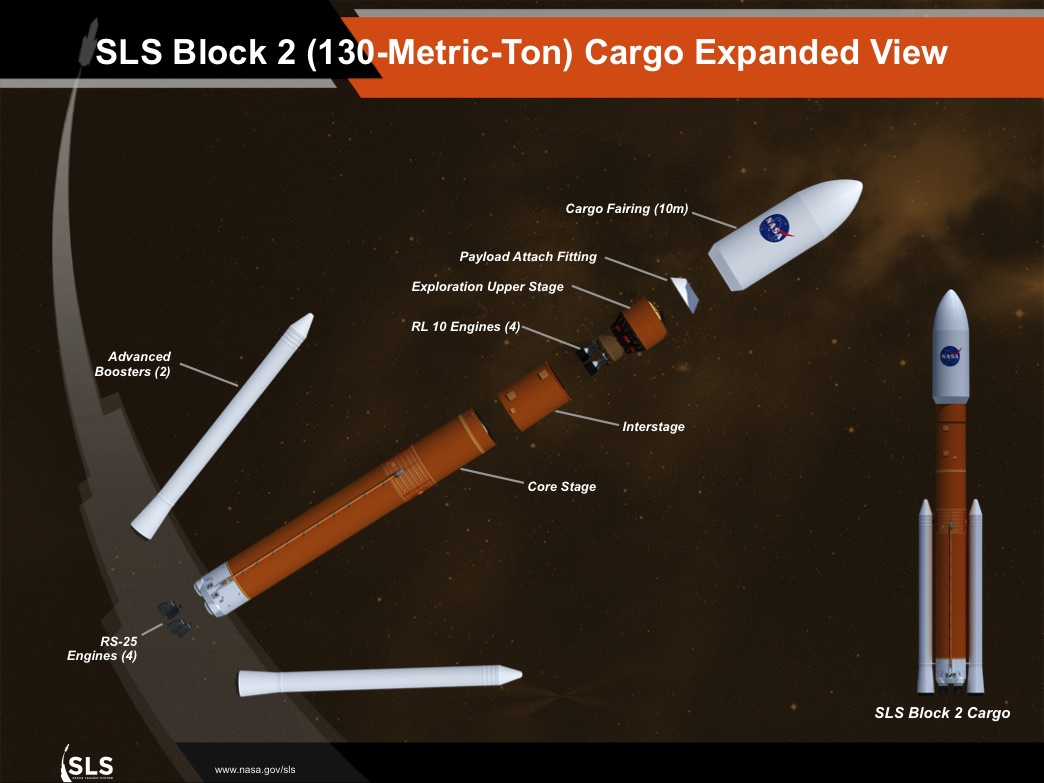
What comes next? After the Deep Space Gateway, there’ll be the Deep Space Transport. If you’ve seen The Martian, think of the Hermes spacecraft that ferries the crew to and from Mars. The details are thin right now, but if all goes well, the pieces of the Transport will launch to the Gateway by 2027.
The various components will be assembled by the astronauts over the course of several launches, and once completed, the Deep Space Transport would make a series of 1-3 year missions to and from Mars. It’ll carry a crew of a six astronauts in a large habitation module and keep them alive for the journey.
The first mission could head out in 2033, with a human flyby of Mars. Side note, wouldn’t it be heartbreaking to get that close to Mars, and not actually be able to set foot on the surface? Anyway, future missions to Mars will include landings, and perhaps a visit to the SpaceX luxury Martian hotel where the astronauts can relax and apologize to each other for what they did when they all got space madness.
But this is so far in the future, it’s pretty hard to even wrap my mind around it yet.
Of course, these are all long term plans. And as I’ve mentioned in previous episodes, long term plans have a tendency of getting canceled. Who knows if the Deep Space Gateway actually get constructed, or if NASA will shift its support to private missions to Mars.
We’ll just have to stay tuned.

